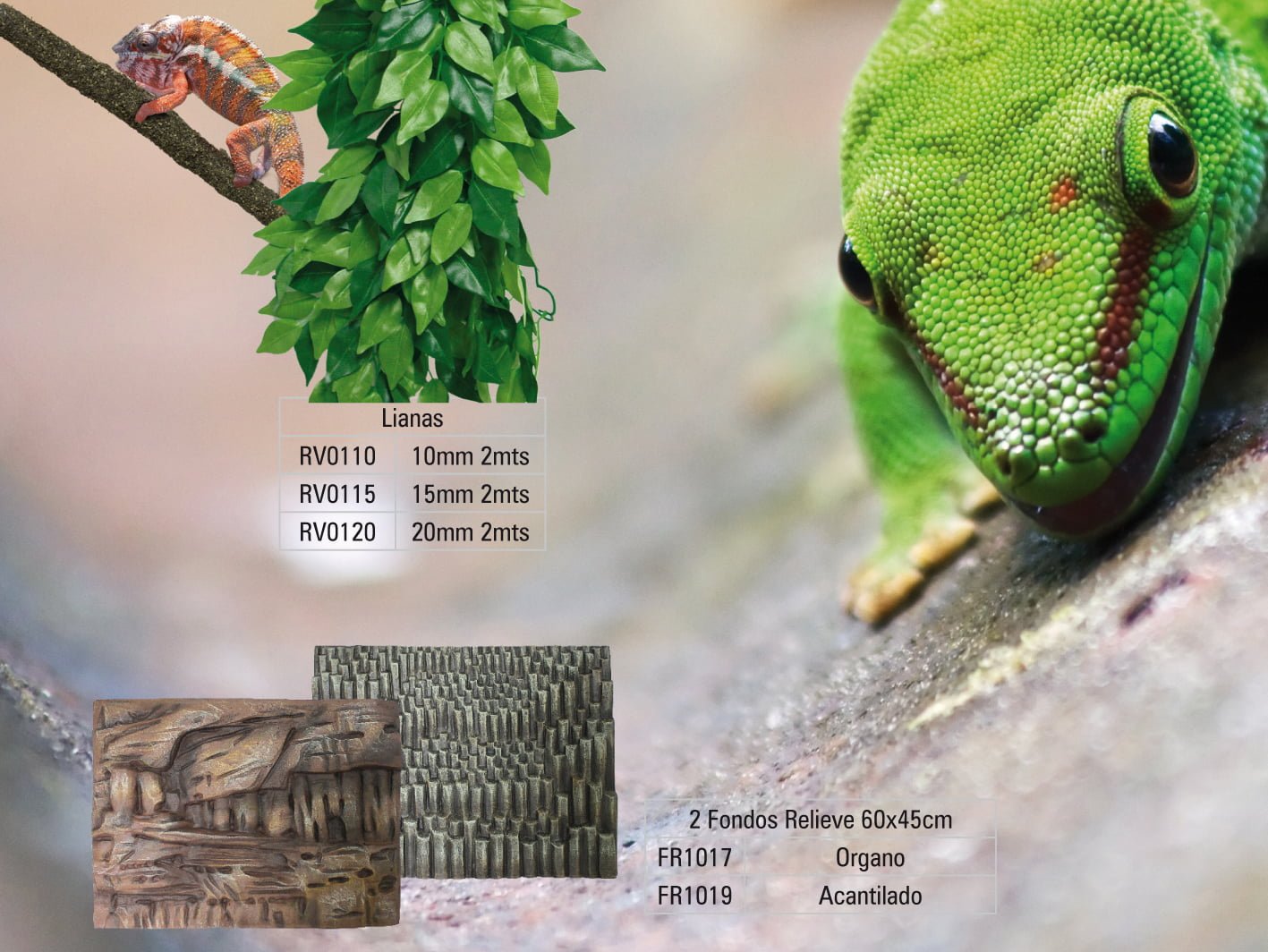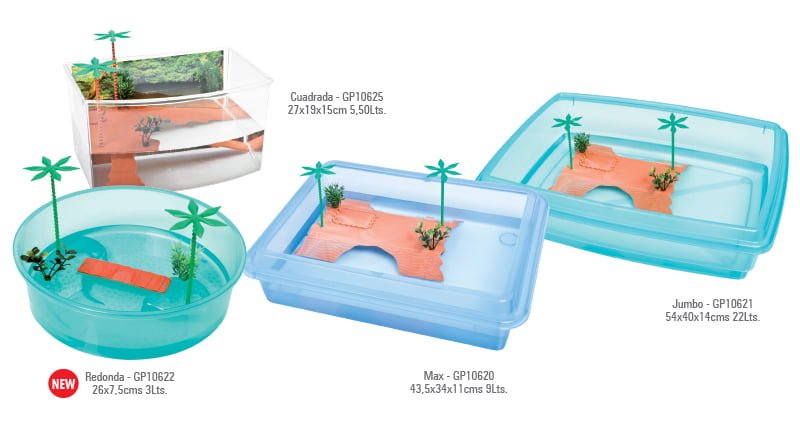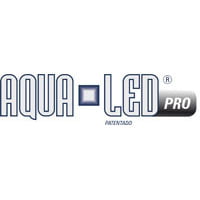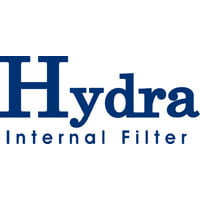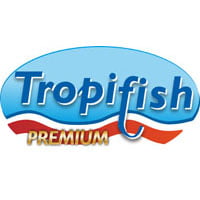new
Article
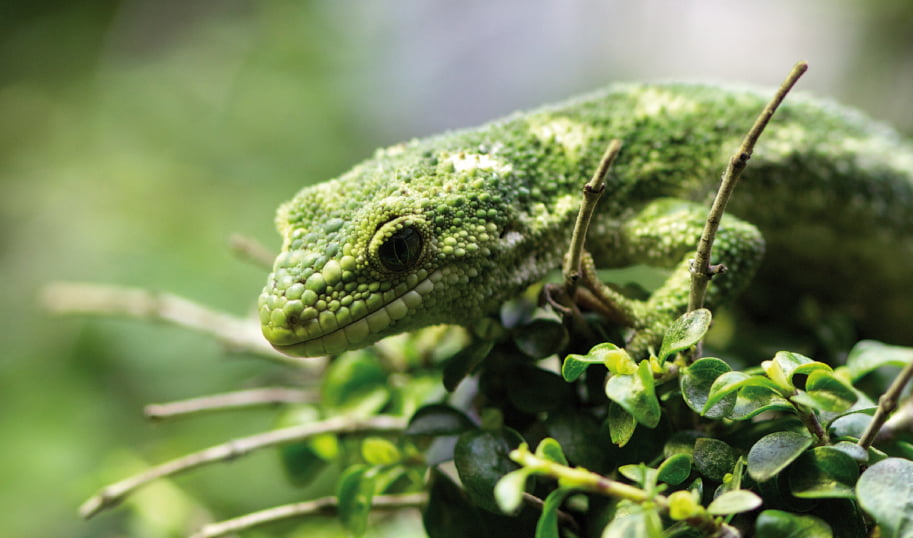
The Terrarium
Terrariums are real windows of natural beauty and exoticism, easy to recreate and keep with a few basic notions that we can offer our customers and get them hooked! Although the image we have of the desert habitat is of suffocating heat, it is important to know the temperature gradient required by each animal, as many desert herptiles do not withstand excessively high temperatures. This is the case of many nocturnal and crepuscular species that survive the intense heat of the day in dens or under stones.Included among the appropriate species for this type of habitat are:
Although the image we have of the desert habitat is of suffocating heat, it is important to know the temperature gradient required by each animal, as many desert herptiles do not withstand excessively high temperatures. This is the case of many nocturnal and crepuscular species that survive the intense heat of the day in dens or under stones.Included among the appropriate species for this type of habitat are:  The forest habitat includes many typical biotypes similar to our Mediterranean forests, some warmer and others colder, but with the same common characteristic of a cool winter in which many herptiles hibernate and summers that almost never reach the extremes of desert heat.
The forest habitat includes many typical biotypes similar to our Mediterranean forests, some warmer and others colder, but with the same common characteristic of a cool winter in which many herptiles hibernate and summers that almost never reach the extremes of desert heat.  This is a problematic habitat to recreate and maintain for beginners: a lot more problems with bacteria, a greater likelihood of infection when wounds are healing and the need to maintain a warm temperature and more or less constant humidity throughout the year.Tropical herptiles never suffer significant variations. Very few are able to survive periods of excessive heat, low humidity or cold.
This is a problematic habitat to recreate and maintain for beginners: a lot more problems with bacteria, a greater likelihood of infection when wounds are healing and the need to maintain a warm temperature and more or less constant humidity throughout the year.Tropical herptiles never suffer significant variations. Very few are able to survive periods of excessive heat, low humidity or cold.  Reptiles are extremely territorial, particularly males. Therefore, housing them in pairs is often a source of stress for the weakest of the animals, which will be permanently overpowered by the strongest.
Reptiles are extremely territorial, particularly males. Therefore, housing them in pairs is often a source of stress for the weakest of the animals, which will be permanently overpowered by the strongest. To regulate the heat of the terrarium, we have a wide variety of accessories such as the thermal blankets or heat rocks that emulate those of their natural environment. However, as indicated above, the heat to be provided will depend on the temperature gradient of each species and the humidity and temperature of the terrarium must be controlled, particularly in the case of delicate tropical habitats.
To regulate the heat of the terrarium, we have a wide variety of accessories such as the thermal blankets or heat rocks that emulate those of their natural environment. However, as indicated above, the heat to be provided will depend on the temperature gradient of each species and the humidity and temperature of the terrarium must be controlled, particularly in the case of delicate tropical habitats. Light is equally important for their health. Whereas UV-A rays stimulate their appetite and encourage digestion, UV-B rays help absorb calcium.
Light is equally important for their health. Whereas UV-A rays stimulate their appetite and encourage digestion, UV-B rays help absorb calcium. 
Types of habitats
Desert or arid
This is the most suitable for beginners for several reasons:- Most desert species are more resistant and are more able to withstand any “mistakes” involving temperature control.
- It is a habitat where the humidity in the room is often more than sufficient.
- This dry environment avoids problems due to mites or fungi, and any excrements and remains of food tend to dry up, which is not the case in tropical habitats where they quickly rot and become a breeding ground for bacteria.
 Although the image we have of the desert habitat is of suffocating heat, it is important to know the temperature gradient required by each animal, as many desert herptiles do not withstand excessively high temperatures. This is the case of many nocturnal and crepuscular species that survive the intense heat of the day in dens or under stones.Included among the appropriate species for this type of habitat are:
Although the image we have of the desert habitat is of suffocating heat, it is important to know the temperature gradient required by each animal, as many desert herptiles do not withstand excessively high temperatures. This is the case of many nocturnal and crepuscular species that survive the intense heat of the day in dens or under stones.Included among the appropriate species for this type of habitat are: - Herptiles like many species of geckos, such as the Eublepharis macularius.
- Agamidae such as the Pogona and Uromastyx.
- Iguanidae such as those of the Crotaphytus genus.
- Also, several species of tortoises and some colubridae.
Forest
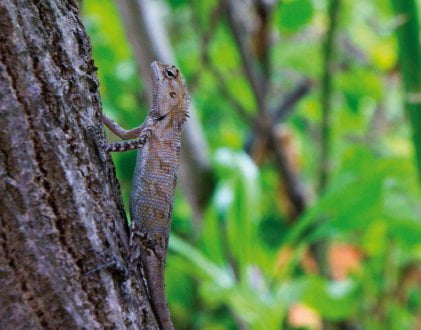 The forest habitat includes many typical biotypes similar to our Mediterranean forests, some warmer and others colder, but with the same common characteristic of a cool winter in which many herptiles hibernate and summers that almost never reach the extremes of desert heat.
The forest habitat includes many typical biotypes similar to our Mediterranean forests, some warmer and others colder, but with the same common characteristic of a cool winter in which many herptiles hibernate and summers that almost never reach the extremes of desert heat. The forest habitat is not overly difficult to maintain in a terrariumThanks to the fact that, like the desert habitat, there are no excessively high humidity values like those found in a tropical habitat, it is relatively easy to maintain this type of terrarium. However, a distinction must be made because herptiles are found here that live near pools and watercourses, for which a contain must be prepared depending on the needs of the animal that will eventually want a soak, like it would do in nature.This includes many species of treefrogs, toads, salamandras, green snakes such as those of the Opheodrys genus and many others that will, however, prefer a drier but not a desert environment.
Tropical
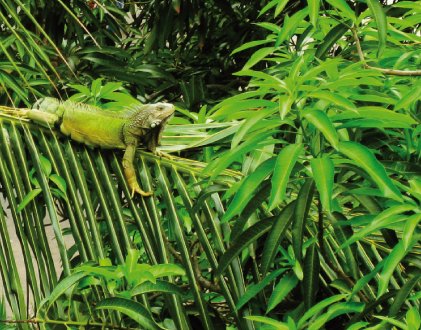 This is a problematic habitat to recreate and maintain for beginners: a lot more problems with bacteria, a greater likelihood of infection when wounds are healing and the need to maintain a warm temperature and more or less constant humidity throughout the year.Tropical herptiles never suffer significant variations. Very few are able to survive periods of excessive heat, low humidity or cold.
This is a problematic habitat to recreate and maintain for beginners: a lot more problems with bacteria, a greater likelihood of infection when wounds are healing and the need to maintain a warm temperature and more or less constant humidity throughout the year.Tropical herptiles never suffer significant variations. Very few are able to survive periods of excessive heat, low humidity or cold. The tropical habitat requires permanent humidity and temperature controlThis habitat also includes vivariums that contain no animals whatsoever, real windows of natural beauty, those used to house dart frogs (dendrobatidae, phyllobates and similar) or gekkonidae such as those of the Phelsuma genus.Half-way between are the species that require a land part and an aquatic part in equal proportions, such as most water turtles, water dragons (Physignathus) and many species of iguanidae, including the basiliscus and the huge green iguana, which require a larger terrarium.
Animal maintenance in the terrarium
Terrarium animals could show high stress levels, which affect their behaviour, feeding, lifespan, etc. If the food is correct and the parameters (lighting, humidity, heating, etc.) in the terrarium are suitable, this stress could be due to other matters that we have forgotten about. For example, providing a place where the animal feels safe and relaxed inside the terrarium. Certain shelter elements have been developed where you will not lose sight of your animal even when it is inside and will not bother it.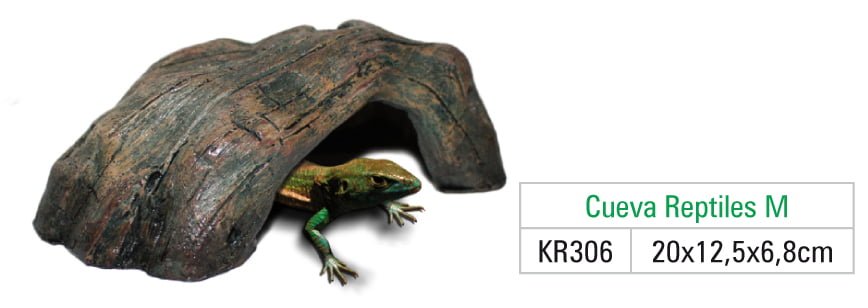 Reptiles are extremely territorial, particularly males. Therefore, housing them in pairs is often a source of stress for the weakest of the animals, which will be permanently overpowered by the strongest.
Reptiles are extremely territorial, particularly males. Therefore, housing them in pairs is often a source of stress for the weakest of the animals, which will be permanently overpowered by the strongest.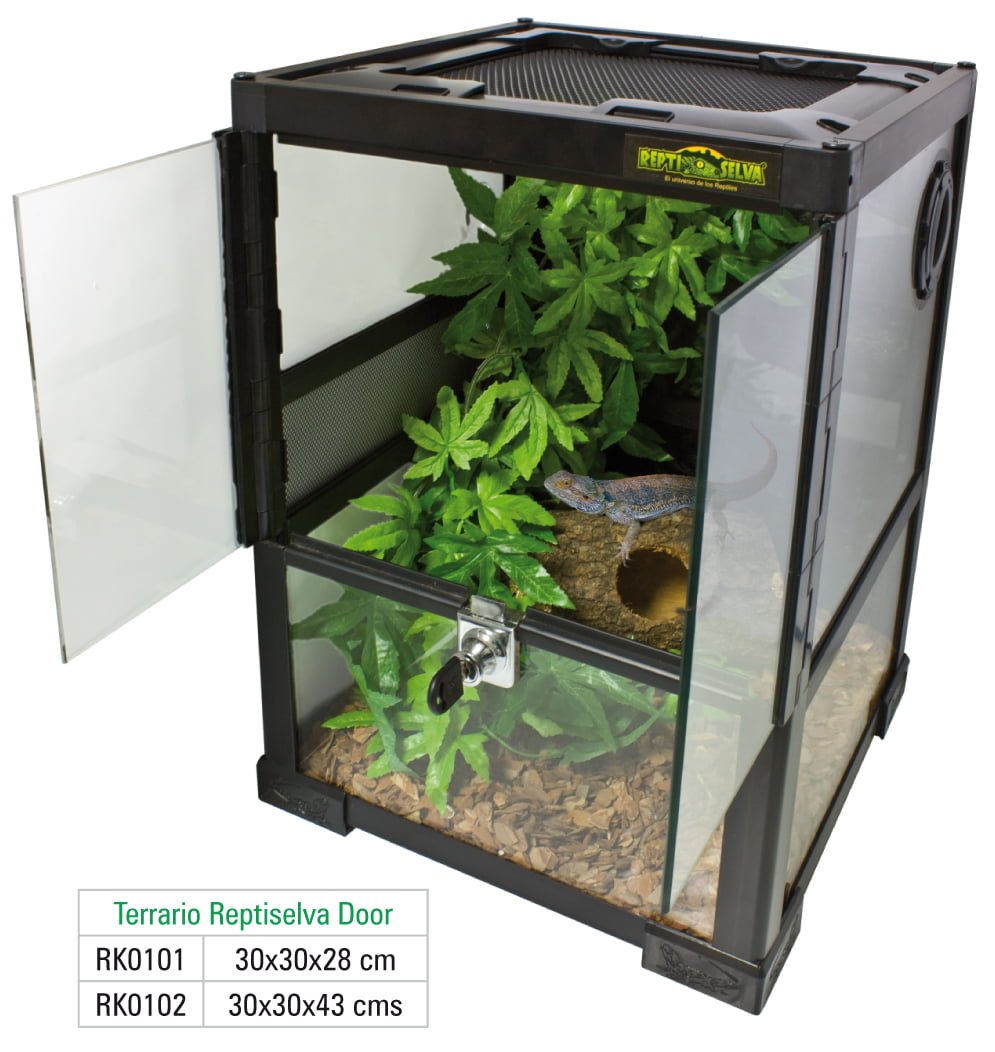 To regulate the heat of the terrarium, we have a wide variety of accessories such as the thermal blankets or heat rocks that emulate those of their natural environment. However, as indicated above, the heat to be provided will depend on the temperature gradient of each species and the humidity and temperature of the terrarium must be controlled, particularly in the case of delicate tropical habitats.
To regulate the heat of the terrarium, we have a wide variety of accessories such as the thermal blankets or heat rocks that emulate those of their natural environment. However, as indicated above, the heat to be provided will depend on the temperature gradient of each species and the humidity and temperature of the terrarium must be controlled, particularly in the case of delicate tropical habitats.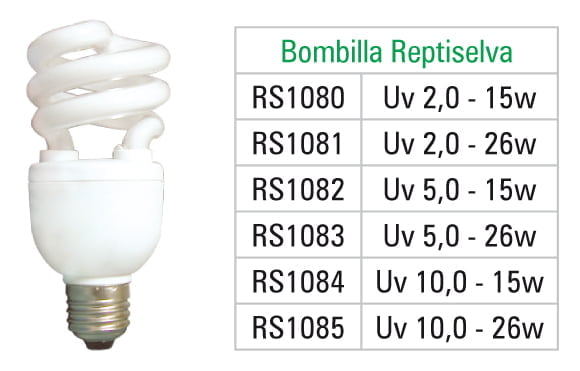 Light is equally important for their health. Whereas UV-A rays stimulate their appetite and encourage digestion, UV-B rays help absorb calcium.
Light is equally important for their health. Whereas UV-A rays stimulate their appetite and encourage digestion, UV-B rays help absorb calcium. Surface items
Surface items are important so that the animal can move as if it were in its habitat. For example, terrarium backgrounds especially designed for different species and the way they act in their natural environment will allow your animal to move and climb. A tarantula does not need the same terrarium background as a gecko, which spends a large amount of time stuck to walls and rocks.In short, the concept of environmental enhancement also applies to a terrarium and you can choose different plants, lianas and other ornaments with which to interact.With a bit of care and considering certain details like the ones mentioned, you can make sure your pet feels at home.